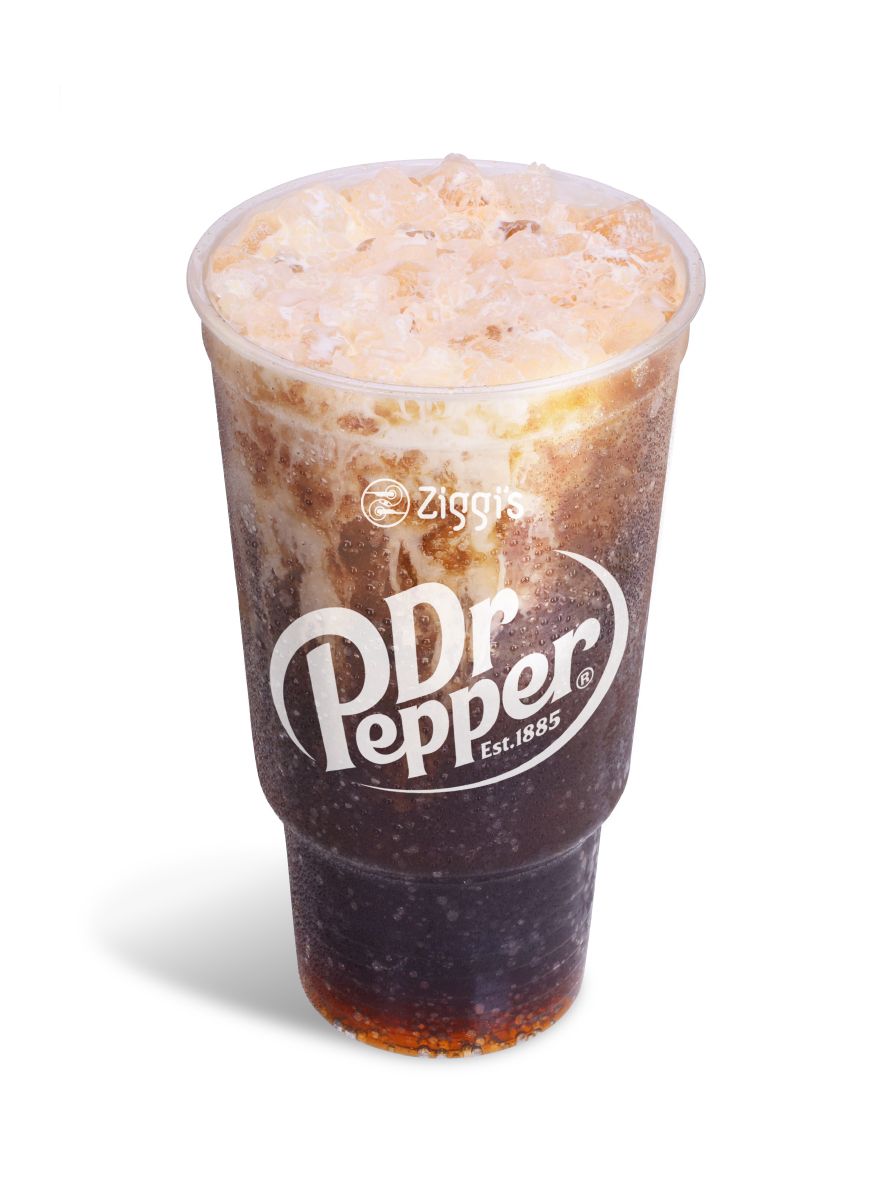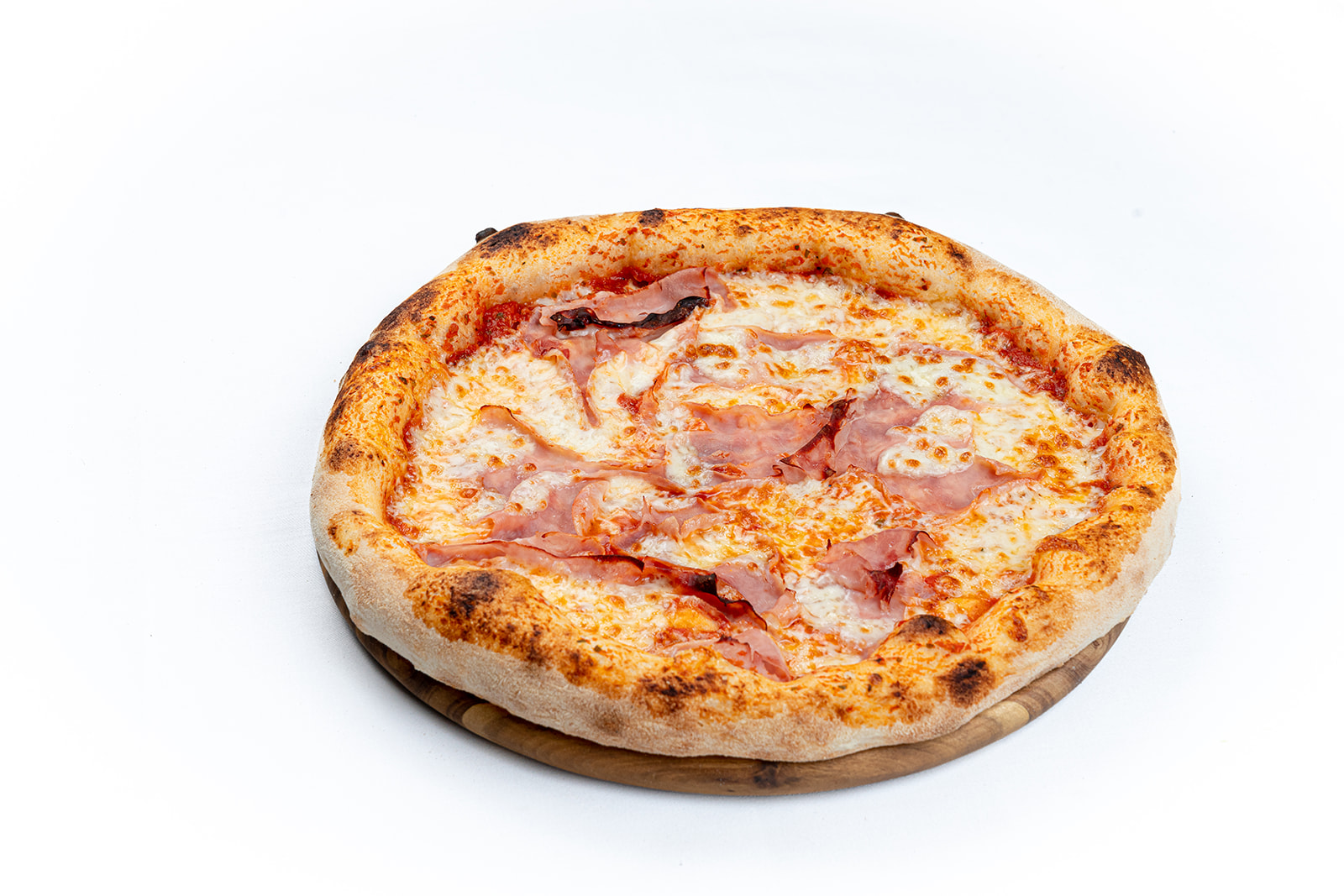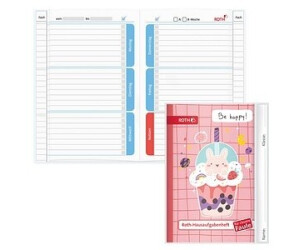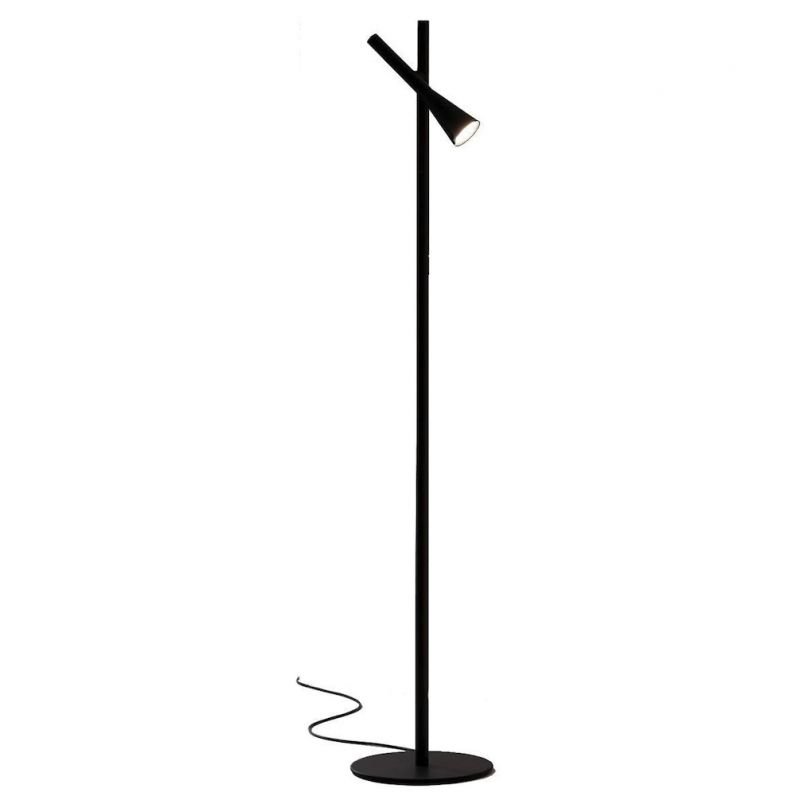
Introduction
In recent months, the beverage landscape has witnessed the emergence of a unique and intriguing trend—dirty soda. Combining traditional soft drinks with creative flavour layers, this phenomenon has gained traction mostly among younger audiences. Dirty soda is not just a drink; it represents a cultural shift towards customised consumption and indulgent treats, making it a relevant topic for anyone interested in the evolving food and drink sector.
What is Dirty Soda?
Dirty soda typically consists of a base of traditional sodas like Dr Pepper, Mountain Dew, or Coca-Cola, layered with various flavourful additions such as syrups, cream, and even fruit. The result is a sweet, fizzy concoction that can be tailored to individual preferences. This trend initially gained momentum in the United States, particularly in Utah, where it was popularised by local shops offering countless combinations. Influencers and social media users have also played a significant role in promoting dirty soda, showcasing their colourful creations on platforms like Instagram and TikTok.
The Ingredients Behind the Trend
What makes dirty soda so appealing is the endless possibilities for customisation. Common ingredients include:
- Soda Bases: Classic drinks like root beer, cola, and lemon-lime sodas are frequently used.
- Flavour Syrups: Flavours such as coconut, vanilla, or even more adventurous options like bubblegum or lavender can be added.
- Edible Toppings: Whipped cream, ice cream, or fresh fruit further enhance the drink.
This emphasis on creativity allows consumers to express themselves and craft personal concoctions.
Current Market Trends and Popularity
The popularity of dirty soda has surged, with numerous shops dedicated to its creation popping up across the country. Social media buzz has also driven interest nationwide, as brands leverage platforms like TikTok to showcase viral recipes. Events and festivals dedicated to food and beverage trends are even beginning to feature dirty soda as a highlight, indicating a broader market impact.
Conclusion
The dirty soda trend illustrates the increasing consumer desire for personalised, accessible indulgence in beverage choices. As shops expand their menus and social media continues to amplify these sugary concoctions, it seems likely that dirty soda is here to stay. For readers, trying out a dirty soda can offer a unique product experience, in addition to being a fun way to join a burgeoning culinary trend.
You may also like

The Evolution and Cultural Impact of Pizza

The Rise of Bubble Tea: A Global Sensation
